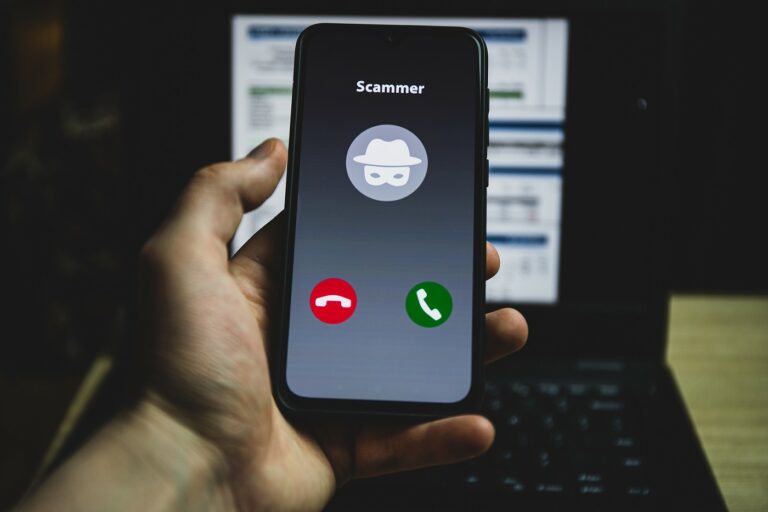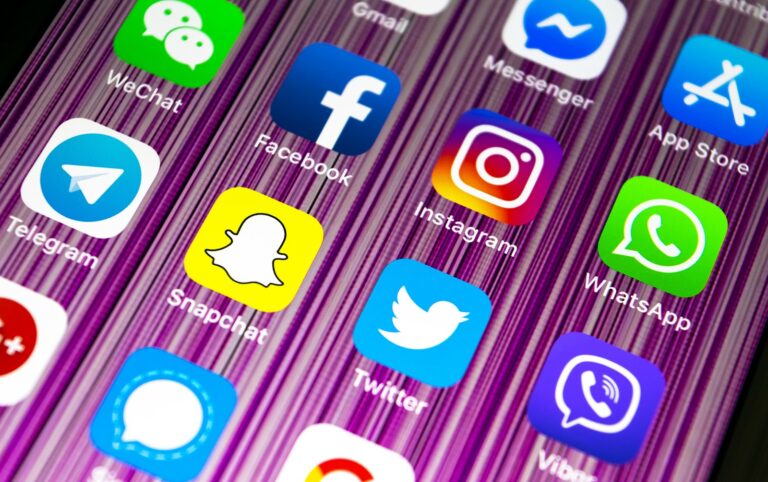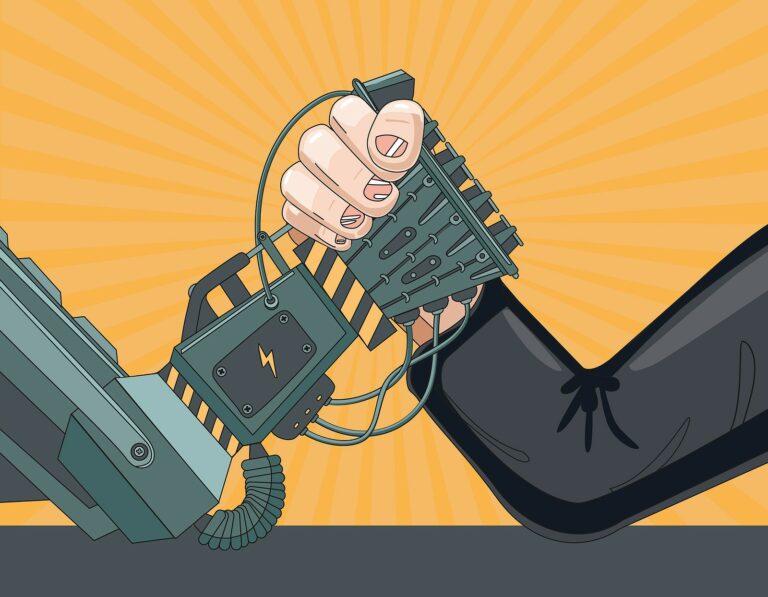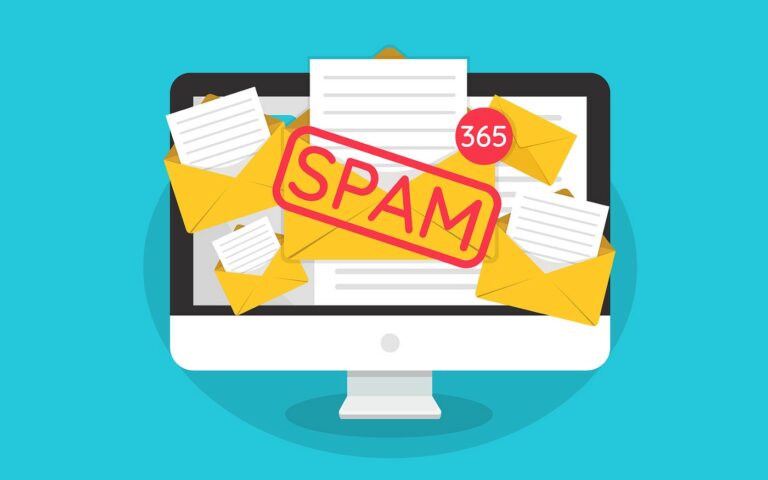Phone & Email Don’t Work for New Customers
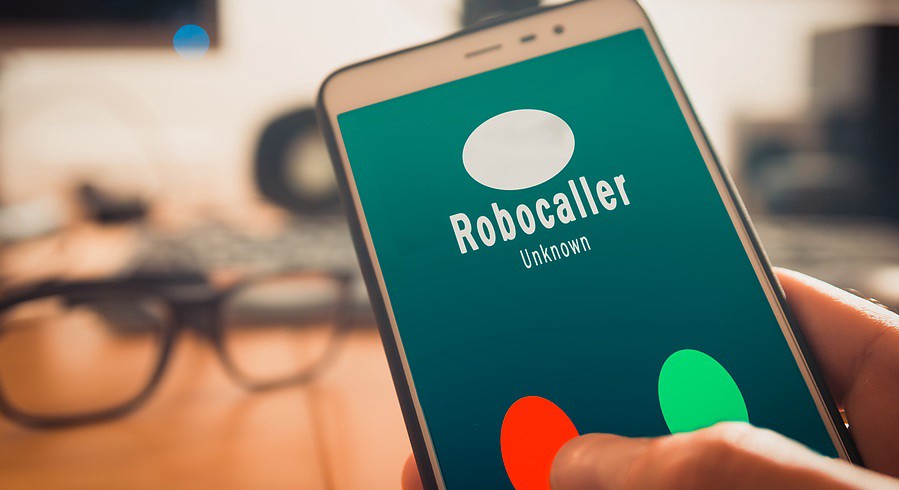
Millions of small businesses have the same “Contact Us” page: a phone number, an email address, and a contact form. But just try reaching them — it takes 24 to 48 hours to talk to someone who can solve your problem.
Small businesses can win if they get a knowledgeable person in front of the customer quickly. The small business owner can ask the right questions, show their expertise and propose the winning solution.
But if new customers can’t get in touch with a small business, it’s over.
New Customers Arrive by Phone
What happens when you call a small business today? 62% of calls to small businesses are not answered. Many of the calls that are answered go to a call-center answering service, which most callers are unsatisfied with.
Let’s assume you reach an answering service that takes a message and emails it to the business owner. The next morning, the business owner is catching up on email (mostly junk) and gives you a return call. You don’t recognize the number, so you let it go to voicemail.
At the end of the day, you check your voicemails (mostly robocalls) and notice the small business called you back, and left a voicemail with a different phone number — usually the owner’s direct phone number. You can finally call the business directly.
Luckily, the owner answers. “Hello?” she says doubtfully, waiting to see if it’s a robocall or sales pitch. Now you have to explain that you’re a potential customer trying to reach the business.
Then you and business owner exchange names, phone numbers and email addresses, and if you both put the information into your Contacts, the next round of communications should work.
Not a great process, is it?
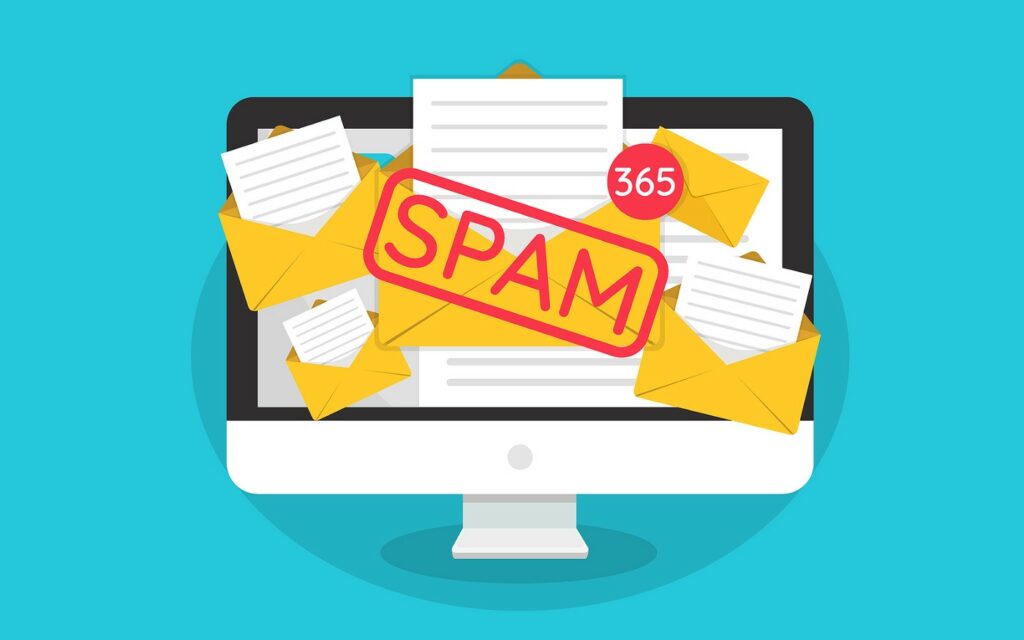
Email is Broken Also
Most small businesses have an email address listed on their website. That’s being scraped daily by the spam-bots, who add it to their list and send 60 billion spam email messages per day.
Most small businesses have an online form where you can contact them. The spam-bots of the world have gotten very good at using these forms to send spam.
When a new customer tries to use the contact form or public email address — they have to compete with dozens of SPAM messages arriving the same day. It’s no surprise that business owners put a low priority on the incoming messages, and check them once a day at best.
The Bots are Winning
Phone and email are broken because the bots are winning. Most of the phone calls, text messages, and emails that are sent today are just robots trying to get the attention of humans.
When you give people a phone number or email address, you’re making them compete with the bots to get in touch with you. You’re mixing your most valuable, urgent communications in with all the bots and telemarketers who are working against you. That’s the problem.

Lots of Tools, Few Solutions
Small business owners tend to pay for two smartphones — one business calls and text messages, and one for friends and family. They’re paying double, just to keep their calls and texts separated.
Small business owners pay for a business phone number that goes to an outsourced answering service. The call-center person that answers isn’t really able to help customers, but at least someone answers the phone, takes a message and deflects the sales calls.
Small business owners pay for a company email address, which includes the best spam-blocking tools that Google or Microsoft can come up with. Still, a lot of SPAM and marketing emails get through.
In all, the small businesses I talk to are spending $50 to $100 per month on solutions that don’t help them get a knowledgeable person in front of the customer sooner.
And they are still getting robo-calls and robo-texts to their business smartphone, and still dealing with SPAM at the company email. It’s not even solving the spam-and-robocall problem.

The Weakness of the Bots
To solve these problems, you have to understand the fundamental weakness of the bots. They are strongly tied to lists of phone numbers and email addresses.
Robo-call bots simply call a list of every phone number in an area code. The robo-text bots are using the same list.
The telemarketers are buying a list of business phone numbers from a list vendor. They import the list into their telemarketing software, and it places calls to every number on the list.
Email spammers are also buying lists — millions of email addresses at a time. Their software sends email spam to ever address on the list.
Customers Use Websites, Not Lists
They might be searching on Google, seeing your sign while driving past, or asking a friend for a referral. To get in touch with you, they are going to visit your website. And that’s your chance.
Instead of putting your customers into the phone, text and email channels that are clogged with bots, you need to put them in a better channel.

Scheduling Shows Us the Future
For slower-moving problems, an appointment scheduling widget like Calendly, Acuity Scheduling, or Microsoft Bookings can be very effective.
The customer clicks a link, it brings up a calendar widget that’s connected to your schedule on Gmail, Outlook365, or some other platform.
The customer can put in their name and contact info, and book an appointment to talk to you. These scheduling widgets send out a calendar invite to the customer, and can insert an online meeting link if appropriate.
Why does this work so well? The customer is clicking a link on your website. The email, phone and text bots can’t use that link. Neither can the call-center telemarketers — they are staring at their computer screen as the auto-dialer works its way down a list of phone numbers.
Scheduling isn’t perfect, though. Lots of customers don’t show up to the scheduled meeting, because they already talked to a different vendor and made their decision.
More Links — Beyond the Calendar
If links work well for scheduling widgets and online meetings, why can’t we use links for phone, text, and email? Here’s the scenario: you visit the website of a local small business, and click a link on their Contact Page.
Invisible Recaptcha confirms you’re a human, so the link works instantly and takes you to a popup window with buttons for “Call”, “Text”, “Email” or “Video Call”. There’s also a button to schedule an appointment for later.
The buttons really work: you can send an email to the business owner’s real email address or send a text to their real smartphone. If you click “Call” or “Video Call”, your browser fires up a call using the microphone and speakers on your PC or smartphone.
There’s nothing exotic about the technology — the same vendors and API’s that are used for email, text and telephone marketing can be used for customer communications.
Small Businesses Beating the Bots
Small business owners everywhere are waking up to the advantages of a calendar link on their website, so customers can book an in-person meeting or a Zoom call. But that’s only half the battle.
We need new tools for the small business owner that provide a bot-proof link for new customers to call, text or email the business owner instantly. Tools that show the customer their message arrived and wasn’t lost in a spam filter or voicemail box.
With these kinds of tools, the small business owner can hop on a video call with the new customer within minutes, not days. They can show their responsiveness and expertise. They can win the customer, before the customer has a chance to talk to anyone else.



